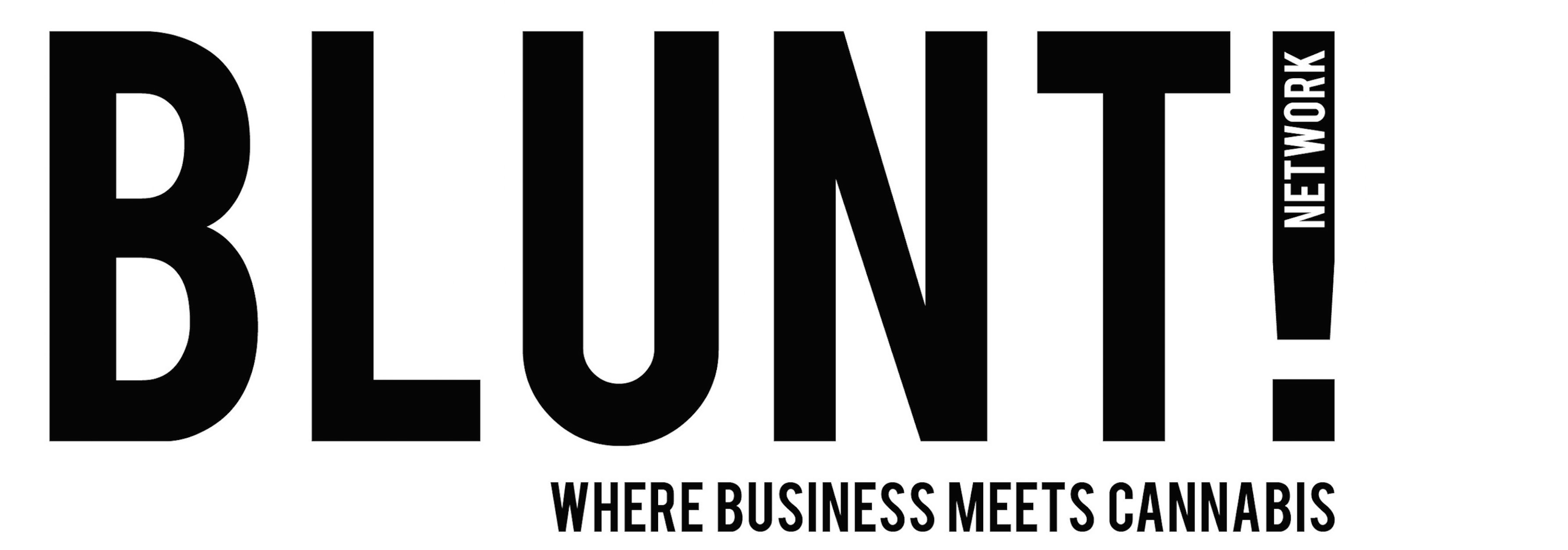Seed to Sale Tracking: What California Businesses Need to Know
As California sets out to regulate the world’s largest legal cannabis market, the state has issued a request for proposals to software providers who can track and trace the state’s supply. Before the winner of the highly sought after contract is announced, Blunt spoke to Pranav Sood, CEO of Trellis, an inventory management software company. The interview has been edited for length and readability.
Blunt: Can you give us a big picture idea of the task California is facing on how to track and trace legal cannabis?
Pranav Sood: There’s a number of challenges, but for now we’ve got a rough framework for the medical system that’s been approved with specifics on track and trace that are going to be added into the regulations as part of the RFP process. Then Prop 64 passed [legalizing recreational], and the whole licensing and track and trace structure around that has yet to be determined.
At the state level, we’ve got something of a gray area at least until 2018 or 2019 when the regulations will be fully put in place and enforced. In the meantime, you’ve got all these counties and local regulatory bodies that are putting out ordinances, trying to fill the gap and ensure that the industry is able to move forward while we wait for the state regulations.
With the two layers of regulation [state and local], we’ve got challenges around whether local systems will be aligned with the state system. Plus, we don’t yet know what the state system looks like, and what the [tracking] requirements will be. There’s a lot of uncertainty while this industry is continuing to push forward and operate.
Blunt: What are the most valuable lessons that have been learned from existing markets? And what are the challenges in California that are unprecedented?
Pranav Sood: We just saw in Canada that there was a big story around pesticides, and now that’s getting to be a bigger focus for the regulatory body. It gives lessons in why do recalls happen, and when do they happen, and how are they managed. These are all lessons that California can learn from.
We know that if you have a large number of cultivators and licensees, which we’re expected to have in California, having a central state system makes it much easier for the regulatory body to manage it, audit it, and make sure it’s compliant. That’s definitely a benefit that we’re seeing, and we know is talking to all these other states and learning from those lessons.
The other big thing that happened recently is the Bureau of Medical Cannabis Regulation, BMCR, said they are putting together an advisory committee to try to hit that major deadline of 2018. It’s a really positive indication of where things are going that they’re getting input from the industry, from operators, from other regulatory bodies, to basically put together their system.
Blunt: For a California business that’s now more or less compliant in California, how is all this coming regulation going to change their business? What do they need to be on the lookout for?
Pranav Sood: There’s going to be more hoops to go through and more checkpoints along the way. As of today, there’s no real requirement for dispensaries to have lab results for the flower they’re selling. That’s definitely going to change under the new system.
Something like that has a trickledown effect where the farmers will now have to make sure that it’s tested. There’s a cost associated with that, and then that gets pushed up the value chain. Everyone today is operating in a semi-regulated market. When full compliance is enforced, there’s going to be additional requirements, which may have costs associated, may even slow down supply chains, lead times, those such of things. The industry will have to conform to higher regulation.
Blunt: What steps can a business take now to prepare? Is it going to be the kind of thing that puts companies out of business?
Pranav Sood: That’s one of the biggest debates. We know all the lobbying groups and parties are very focused on protecting small and medium-sized farmers, but at the end of the day, this is a highly regulated market with a lot of compliance requirements. It does get expensive to manage those types of businesses, so there’s going to be some sort of equilibrium where you’re going to have to be growing at a certain level of scale in order to survive.
We don’t know what the regulations look like but operators do some research: First, look at other markets, like other states or even Canada, and take a look at what the requirements are there. Talk to folks and get a sense of how much they’re spending on compliance tools and those types of things, so that they can budget internally and plan for what that minimum scale is.
On top of that, the other big thing is to assess the worst-case scenario. Look at the most regulated markets. Assume that you’ll have to do everything from tracking every little stem as waste and dispose of it in a special manner, things like that. I think that’s the best way to prepare for regulation here.
If it ends up being less stringent, you’re just more prepared.
Blunt: Can you explain batch vs. individual plant tracking?
Pranav Sood: The big argument from the operators is ‘why do we need to tag each plant?’ That increases cost. That increases labor. There’s a lot of turnover in plants. If you plant 100, maybe only 75 make it to flowering, maybe 50.
The other side of the argument is, ‘this is a controlled substance, and it’s being sold to consumers. We need to be able to do recall, for example, and know every single plant and where it came from, and what the lineage is, and what the history of it is, etc.,’
The way we did it is our software can track either by batch or by plant, and it’s up to the operator to basically enforce it. You can either use one tag, which is your batch ID that refers to the quantity of plants, or you can tag each plant with their individual IDs and track it by plant. Most of our clients actually do a hybrid in terms of early on during the seed to veg state, they’ll generally track by batch, because that’s where all the turnover happens. Then when you transplant they go forward by plant. But again, it’ll all depend on what stance the California regulators take, whether they want each individual plant tagged specifically or all they care about is the quantity of plants and which batch it came from.
Blunt: No state in the country right now is currently using a batch system.
Pranav Sood: Not that I’m aware of, but I know the pilots that are running in local counties, like Humboldt for example, is by batch. That same system is going for the state RFP, so depending on where that goes, we could see a batch system here in California. But for the most part, the most common system that we see is a per-plant tracking system.
Blunt: How does Trellis fit into all of this for a business owner?
Pranav Sood: Trellis is focused on building industry tools for operators, whether it be cultivators, manufacturers, distributors, or retailers. Our focus is building software for the industry. Our open API will integrate into whichever software system the state chooses.
The reason why there’s a place for us in the market is because the tools that currently exist were built for government, not operations. We built a system based on how the product flows in the facility and how they actually operate. It’s an easier system to use, and then we get a lot of granular data that may not be required by compliance but which gives them a lot of intelligence about their business and where they can optimize.




